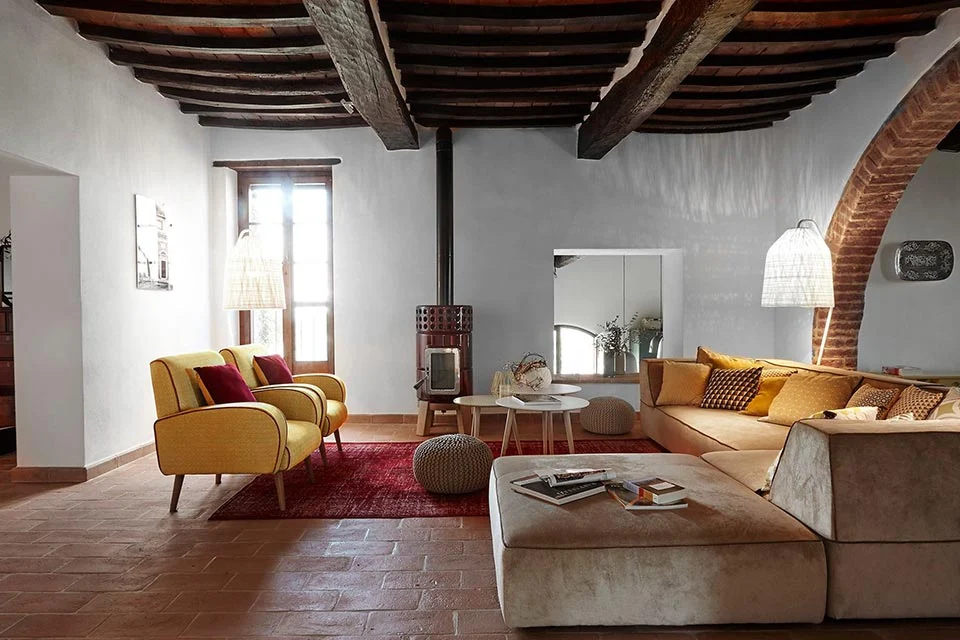Five Lighting Mistakes to Avoid in Luxury Interiors

Lighting has the power to transform a room from ordinary to extraordinary. In luxury interiors, it can define the mood, accentuate textures, and highlight the architectural details that make a space unique. Yet, even the most opulent rooms can lose their magic if the lighting is poorly planned. A misstep in this area can lead to an unbalanced atmosphere, diminished elegance, or even practical inconvenience. Avoiding these common pitfalls ensures that every light source contributes to a harmonious, refined environment.
1. Overlooking Layered Lighting
A single light source, no matter how beautiful, rarely does justice to a luxury space. Relying solely on overhead lighting flattens the room’s character and leaves areas looking dull or overly shadowed. Layered lighting blends ambient, task, and accent illumination to create depth. A soft glow from wall sconces, a focused beam over a reading nook, and subtle under-cabinet lighting in a bar area can all work together to add visual interest. This approach also gives flexibility, allowing the mood to shift effortlessly from vibrant social gatherings to intimate evenings.
2. Ignoring the Importance of Scale
In grand interiors, proportion matters. A light fixture that is too small will be lost in the expanse of a high-ceilinged room, while an oversized chandelier in a modest dining area can overwhelm the space. Striking the right balance ensures that lighting complements rather than competes with the room’s design. Measuring ceiling height, considering sightlines, and evaluating the size of surrounding furniture are essential steps before choosing a fixture. In luxury interiors, lighting should feel like a natural extension of the architecture, not an afterthought.
3. Choosing Style Over Function
While aesthetics are important, lighting must also serve its purpose. A striking pendant above a kitchen island may look beautiful, but if it fails to illuminate the workspace adequately, it becomes a design flaw. Similarly, placing a decorative floor lamp where it blocks pathways can be both impractical and unsafe. The key is finding pieces that marry beauty with utility. This is where designer lighting can shine—crafted with both form and function in mind, it brings elegance without sacrificing practicality.
4. Neglecting the Role of Color Temperature
Light is more than brightness; it has tone and warmth. Cool, bluish light can feel sterile in a luxurious living room, while overly warm light may make a sleek, modern space seem dated. Choosing the right color temperature for each area is vital. Bedrooms and lounges often benefit from warmer tones that create a relaxed atmosphere, whereas kitchens and workspaces thrive with neutral to cool lighting for clarity. The right tone enhances finishes, fabrics, and wall colors, allowing the space to reveal its full character.
5. Forgetting Dimmers and Controls
Luxury interiors deserve flexibility. Without dimmers, lighting can feel static and one-dimensional. A room that looks inviting during the day can become harsh at night if brightness cannot be adjusted. Incorporating dimmer switches and smart controls allows for effortless transitions—from the soft glow of a dinner setting to the crisp clarity needed for reading. This control not only improves function but also prolongs the life of bulbs and fixtures, making it a smart investment.
Thoughtful lighting design is not just about avoiding mistakes; it’s about crafting an experience. Every fixture, every bulb, and every switch contributes to the way a room feels and functions. In luxury interiors, where every detail matters, lighting becomes both the silent backdrop and the captivating highlight, ensuring the space remains as inviting as it is impressive.



